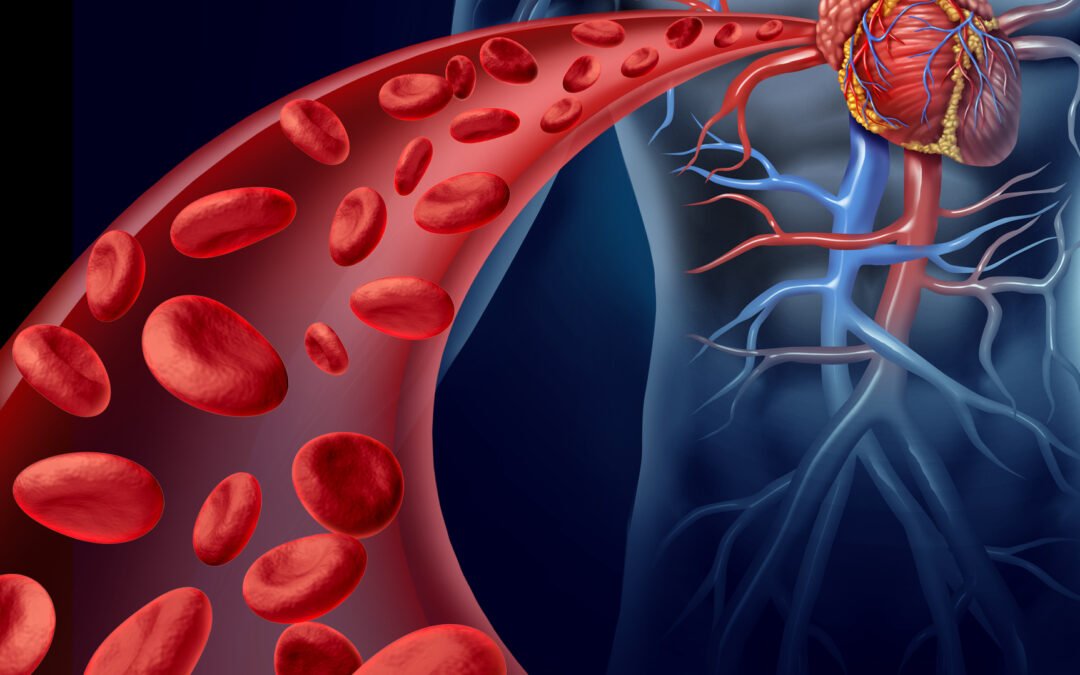Cardiovascular disease (CVD) is still the top cause of death in the U.S. and global population. About 80% of heart disease and stroke are preventable since most modifiable risk factors are related to lifestyle. There are also risk factors you can’t change but should be aware of, including:
- Age. Risk increases over age 65.
- Gender. Although men develop heart disease about 10 years earlier than women, the outcome for women is often worse. The risk for women increases after menopause.
- Family History. If your biological parents, siblings, or children had CVD before age 55, the risk of heart disease is increased.
- Race. African Americans have a higher risk for CVD.
While you can’t change these risk factors, they are essential to know since the more you have, the higher your risk. If your risk is high, paying attention to modifiable lifestyle risk factors is even more important.
The Top 8 Modifiable Risk Factors
The good news is that there are many things you can do to reduce your heart disease and stroke risk – they are all within your control.
1. Eat a Plant-focused, Whole-food Diet
The Mediterranean Diet is a heart-healthy lifestyle that includes plenty of vegetables, fruits, whole grains, beans, nuts, seeds, olive oil, fresh herbs, and spices for seasoning. While it does include fish and poultry, it limits red meat, dairy products, and processed foods (sugar, salt, fat).
2. Be More Active
Adding regular exercise and movement to your daily routine is critical for preventing heart disease and stroke. Include aerobic exercise, strength, flexibility, and balance. Aim for 30 minutes of moderate-intensity exercise five days a week (about 150 minutes weekly). If you count steps, strive for 8,000 to 10,000 steps daily.
3. Maintain a Healthy Weight
Reduce body fat if you are obese or overweight. This is easier said than done for many who struggle with their weight. The key is to increase vegetables and fruits — and learn to love them for life. Find ways to prepare fruits and vegetables that you enjoy, or even crave! Check your body mass index (BMI) using an online calculator. Keep in mind visceral (abdominal) fat carries a higher health risk. The waist-to-height ratio is a simple way to assess risk (your waist should not exceed half your height). If you’re overweight, start by replacing processed foods with vegetables and increasing activity levels.
4. Get Regular Screenings
Know your numbers when it comes to blood pressure, cholesterol, and blood sugar. Consider investing in a glucometer and blood pressure monitor to check these for yourself.
- Blood pressure below 120/80 mmHg is optimal. For every 20 mmHg (systolic) and 10 mmHg (diastolic) increase, mortality from heart disease and stroke doubles. Watch for a future article on how to reduce blood pressure naturally.
- Be sure to get a cholesterol profile that includes total cholesterol, HDL, LDL, and triglycerides. These numbers are important to understand so that you can take appropriate action. Please be aware that many physicians are too quick to put people on cholesterol medicine that may have dangerous side effects. Instead, you can learn how to effectively normalize cholesterol using lifestyle. If your cholesterol numbers are concerning, ask your integrative doctor for more advanced cholesterol testing. Targeted tests such as lipoprotein (a), apolipoprotein A-I, and apolipoprotein B, measure the HDL and LDL particle number and particle size, providing a better risk assessment.
- Screen for Type 2 Diabetes by checking fasting glucose (blood sugar), fasting insulin, and glycated hemoglobin (HbA1C). High blood sugar caused by insulin resistance is one of the main drivers of inflammation, leading to chronic illnesses. If your blood sugar is high, you’ll be happy to know that simple dietary changes can make a big difference in normalizing blood sugar.
5. Avoid Smoking and Tobacco Products (a powerful modifiable risk factor)
Smoking, including vaping and secondhand smoke, can dramatically increase your CVD risk.
6. Reduce Alcohol
A recent study in the Lancet concluded that no alcohol consumption is best to minimize health risks. The many ways alcohol threatens health outweigh any modest cardiovascular benefits. Another similar study found that it now appears that any alcohol exposure negatively affects heart health.
7. Prioritize Sleep
Strive for 7 to 9 hours of good quality sleep each night. Stay physically active, establish a regular bedtime routine, and remove electronic devices from your bedroom for better sleep.
8. Manage Stress
Chronic, unresolved stress can lead to unhealthy habits that increase CVD risk, such as smoking, drinking alcohol, emotional eating or overeating, and being physically inactive. Stress can also increase blood pressure. Be aware of your stressors and add simple breathing exercises or meditation to your daily routine.
February is Heart Month, so to keep your heart healthy, review these risk factors and become aware of where you stand. Keep in mind that nearly half of all Americans have at least one of the top modifiable risk factors (smoking, high blood pressure, high cholesterol), and about 74 percent are overweight (including the 42 percent that are obese). To successfully reduce your heart disease and stroke risk, take control of your health and lifestyle to start changing these statistics.

